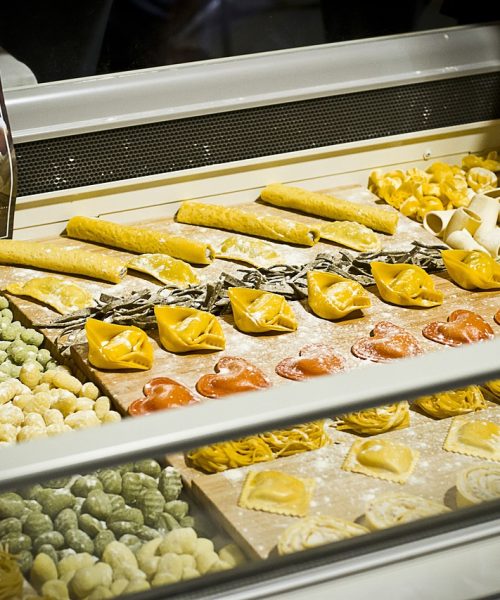In the heart of Stockholm, Sweden, Salta Pizza at Lindhagensgatan 139A, near Hornsbergs Strand, offers a gateway to the authentic flavors of Argentine pizza and empanadas. This culinary gem is perfect for those in Stockholm eager to delve into the unique and robust tastes of this Argentine specialty.
But what exactly sets Argentine pizza apart? Rooted in Buenos Aires’ culinary tradition and culture, Argentine pizza is a distinct element of the country’s rich gastronomic landscape. With the highest density of pizzerias in the world, Buenos Aires is the center of this pizza phenomenon, consuming an estimated 14 million pizzas annually. Brought to Argentina in the late 19th century by Italian immigrants, the dish has since transformed from its simple beginnings. The “pizza de molde” is a Buenos Aires classic, featuring a thick, spongy dough topped with a generous layer of cheese, reminiscent of focaccia but with a unique, cheesy twist. For those preferring a crisper bite, “pizza a la piedra” offers a thinner, crunchy crust, a modern variation of its thicker counterpart.
Variety is key in Argentine pizza, with standard toppings ranging from simple mozzarella to the napolitana and calabresa, each creating a distinct flavor journey. A unique Buenos Aires tradition is the combination of pizza with fainá, a chickpea flour pancake, introduced by Italian immigrants, particularly from Genoa. This duo likely originated in La Boca, a historic working-class district.
Specialties like the fugazzeta, a layered pizza filled with cheese and onions, and the cheese-less pizza de cancha with its rich tomato sauce, reflect Buenos Aires’ inventive culinary spirit, further solidifying pizza as a symbol of cultural identity. The evolution of Argentine pizza from an immigrant dish to a diverse culinary expression mirrors Argentina’s cultural richness. Today, it stands proudly as a testament to Buenos Aires’ vibrant history, communal ties, and gastronomic creativity.






